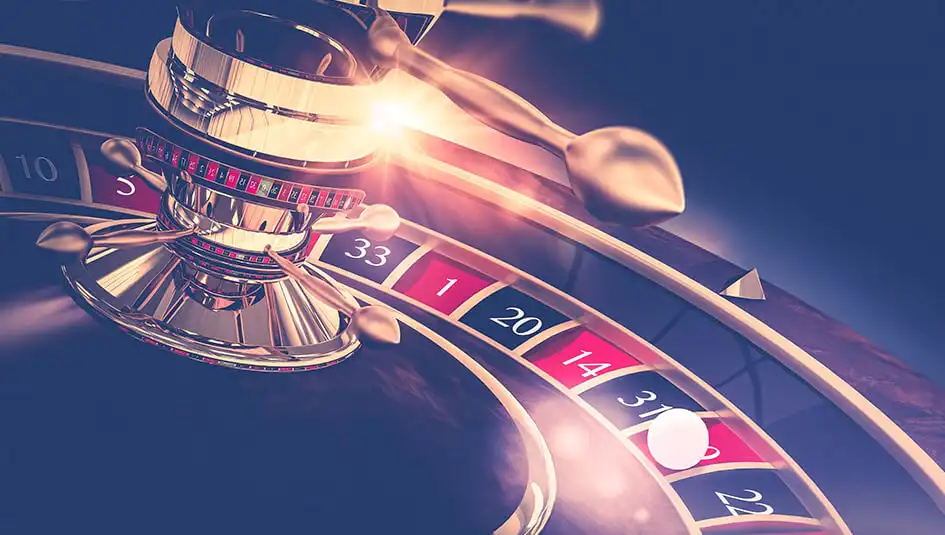Many of you will be aware that the Fibonacci didn’t start out as having anything to do with playing Roulette, rather it is a simple mathematical sequence where by you start with one and add the two previous numbers together to give you the next number in the sequence. Following this, the first few numbers of the Fibonacci sequence are 1 – 1 – 2 – 3 – 5 – 8 – 13 – 21 – 34 – 55 – 89 – 144 – 233 – 377 – 610.
However, you don’t have to start at one, as long as you are adding the previous two numbers together to give you the next number then you are fine. For instance, if you start at 2 it would go 2 – 2 – 4 – 6 – 10 – 16 and so on. However, it is better to start at one as it is safer.
You may be wondering how to use this sequence of numbers when betting on Roulette. The first thing to know is that it is an even chance betting method so you can use it on Red/Black, Odd/Even and 1-18/19 – 36 bets.
The idea behind it is for the player to begin by betting one and then you work your way through the Fibonacci sequence until he or she lands a win. The most important thing to notice though is that even when you progress down the system not every win will win back all of your previous losses.
In fact, the further through the Fibonacci sequence that you progress the more you will lose. You are in profit if you win on the first bet, and you break even if you win on the second or third bet. After that every time you win you will be making a loss and the losses get bigger and bigger.
Using this method, one should always work their way through the sequence until they land a win, like in the below example:
- Bet 1 and lose
- Bet 1 and lose
- Bet 2 and lose
- Bet 3 and lose
- Bet 5 and lose
- Bet 8 and lose
- Bet 13 and lose
- Bet 21 and lose
- Bet 34 and win
Then, after they have bet 34 and won, one should move back two numbers in the sequence and bet that number. In this sitwwwion the next bet would be thirteen. You one needs to repeat this process again and again until they have made it right back to the beginning and are betting one again. Here is an extended example of how this could work:
- Bet 1 and lose
- Bet 1 and lose
- Bet 2 and lose
- Bet 3 and lose
- Bet 5 and lose
- Bet 8 and lose
- Bet 13 and lose
- Bet 21 and lose
- Bet 34 and win
- Bet 13 and lose
- Bet 21 and win
- Bet 8 and win
- Bet 3 and lose
- Bet 5 and win
- Bet 2 and lose
- Bet 3 and lose
- Bet 5 and win
- Bet 2 and win
- Bet 1 and win
The above example, is a hypothetical one and does not reflect a guaranteed outcome. Furthermore, like all methods, if there is a long losing run. As a result, it is important to always have a stop loss limit and stick to it.
The Reverse Fibonacci – A More Risky System
The Fibonacci method has a normal version and a “reverse” one. The normal versions of strategies usually use a negative progression, this means you increase your bets after a loss, the reverse versions use a position progression, meaning you increase your bets after a win.
With the Reverse Fibonacci the player does the opposite to the normal method. They move one step forward in the progression after a win and move two steps backwards after a loss. The idea is to ride a winning streak and make a profit. Here is an example of the Reverse Fibonacci method:
- Bet 1 and win
- Bet 1 and win
- Bet 2 and win
- Bet 3 and lose
- Bet 1 and win
- Bet 2 and win
- Bet 3 and win
- Bet 5 and lose
- Bet 2 and lose
- Bet 1 and win
If you carefully examine the numbers above then you can see that the system doesn’t look particularly good. The player managed seven wins and three loses, but despite this, the player only made a profit of one.
It is because of this that the Reverse Fibonacci isn’t widely used and is one of the poorer Roulette methods for playing the game. It relies on you landing far more wins than losses to come out on top and in the long term, this is highly unlikely.

 Big Winners Every Day at mr.play Casino
Big Winners Every Day at mr.play Casino Go Adventuring with mr.play Casino’s New Slot Releases
Go Adventuring with mr.play Casino’s New Slot Releases